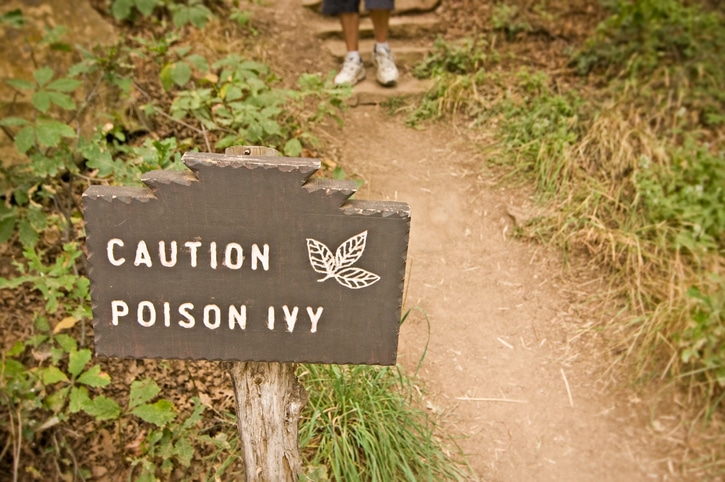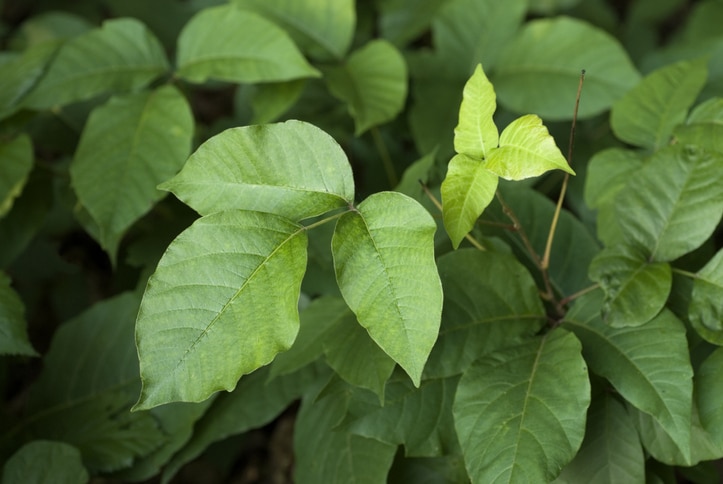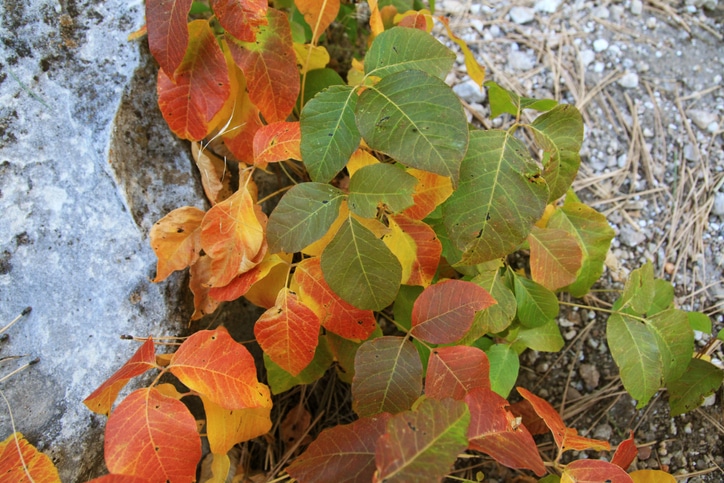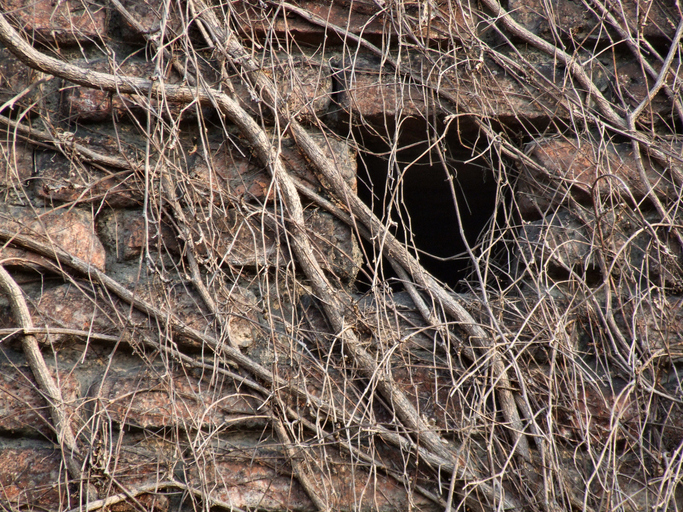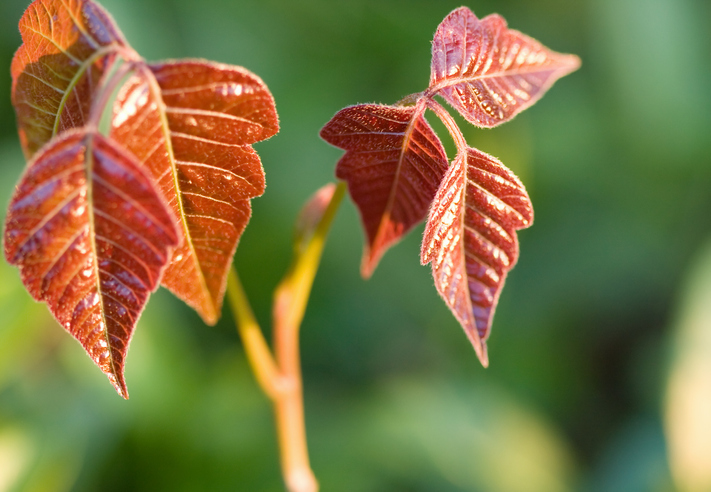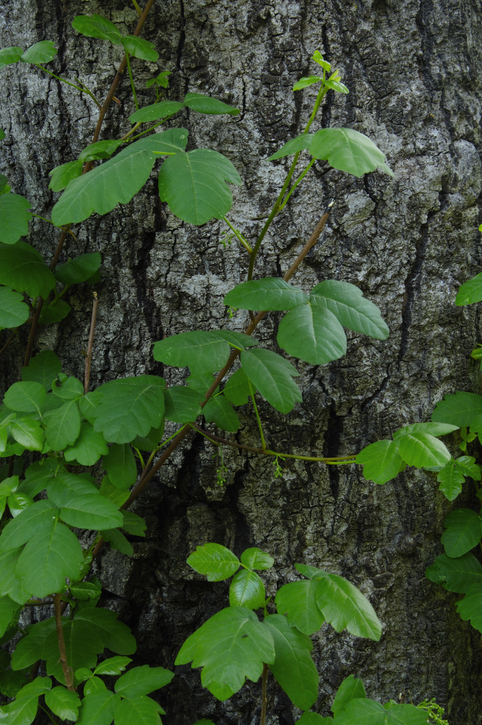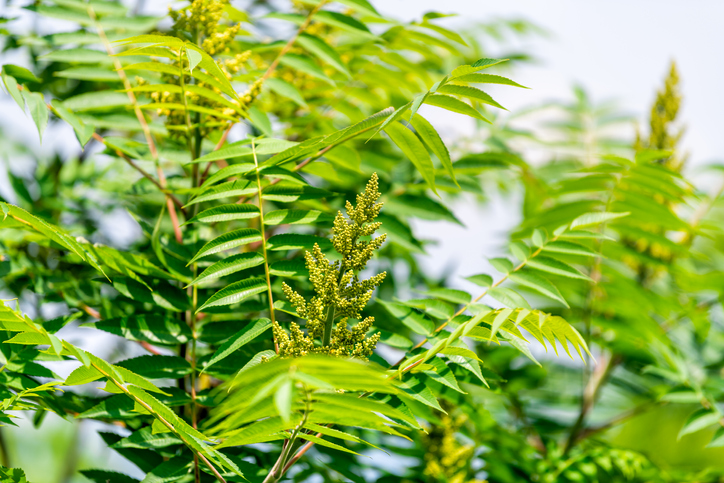Poison Ivy, Oak and Sumac
The differences between Posion Ivy, Posion Oak, and Poison Sumac explained
Poison Ivy, Poison Oak, and Poison Sumac can be found all over the world no matter where you’re located. These poisonous plants thrive in woodland areas or marshes, and if you’re allergic to any of these three leafy menaces, you’ll surely know it. Roughly 85 percent of the United State’s population has a strong allergy to at least one of these plants. When you develop an allergic reaction to a plant, your skin will become blistering, red and irritated and you’ll start to notice an itchy, burning rash. The plant itself however is not what one finds an allergy to, but it’s the oil that grows on all three of them called Urushiol oil. The proper term for an allergic reaction caused by Poison Ivy, Poison Oak and Poison Sumac is called Urushiol-induced contact dermatitis. This oily sap only gets released onto your skin when you come in harsh contact with the plant. If a leaf gets torn, cracked, or burned, the oil will begin to seep out and onto your skin. That is why when you enter a woodland area you’re cautioned to be aware of poison ivy. One wrong walk in the park can turn your afternoon into an extremely itchy nightmare.
The most important part of preventing contact with either of these three leafs is to know the difference and be aware of your surroundings.
Poison Ivy in Changing Seasons
Poison Ivy is always found in groups of three leaves, with the middle leaf sticking out longer than the others. During the summer time, you’ll notice that the leaves appear a bright green color as pictured above. Small whitish colored berries begin to grow as the weather warms up; they’re safe for birds to consume but not a human.
As temperature begins to drop, just like tree leaves, poison ivy will start to turn yellow and red in color as well during fall. Poison Ivy is most likely to give you a rash in the spring and summer but the oil can still crack and seep out depending how dry they are.
The winter time looks a little different for poison ivy plants. The leaves have fallen off by now and the plant becomes slightly less likely to contract an allergic reaction from. The vines are shriveled and dried up but, unfortunately this does not eliminate all risks. If poison ivy is growing in your backyard or business property, it’s best to remove the plant stems using gloves and pruners or gardening shears. If you rip the vines or pull from the root it can leak the Urushiol into the air. Even when the leaves fall off of the plant this still leaves the berries and roots that may have some Urushiol residue.
Spring time, the leaves on a poison ivy stem slowly begin to grow back after losing everything during the winter, and turn a deep red color. Younger poison ivy leaves start as a dark red and shiny color, then eventually will turn to green in the summer. Poison ivy leaves will never multiply how many will be on one stem, but if you notice one is missing then that plant most likely has been bruised or damaged and the Urushiol oil is prevalent.
Poison Oak
Poison Oak can be mistaken for Poison Ivy very easily. At first glance they look extremely similar but poison oak is more shrub/bush like, as opposed to poison ivy which appears as just bundles in the ground. In some areas of the world, this plant can grow up to six feet in height. The allergic reactions found to poison oak are the same you’d find with poison ivy because they all have the same poison. The leaves on Poison oak appear more rigid around the edges and look like a woodland vine.
Poison Sumac
After Initial Exposure-
If you have an allergic reaction to any of the above plants, you’ll start to notice an uncomfortable change to your skin about 24-48 hours post coming in contact with the Urushiol oil. In the beginning your skin may sting and become itchy leading up to a warm red rash. In a few days your skin will start to bump and blister and possibly ooze liquid. If you can refrain from scratching these blisters then they’ll scab over the course of a week and heal on their own. Rubbing alcohol can remove the Urushiol oil almost immediately. This can be slightly uncomfortable to pour rubbing alcohol all over your body but the reward of a short term rash is greater than the risk of a long one. Cortisone cream or Calamine lotion can be a topical solution to diminish the effects of itchiness from your rash and often speed up the healing process. Scrubbing freshly exposed skin with dish soap, like Dawn, and warm water can remove the oil if you think you’ve just come into contact with the plant. Also, immediately putting contaminated clothing in the washing machine will help remove the oil and prevent further spread.
